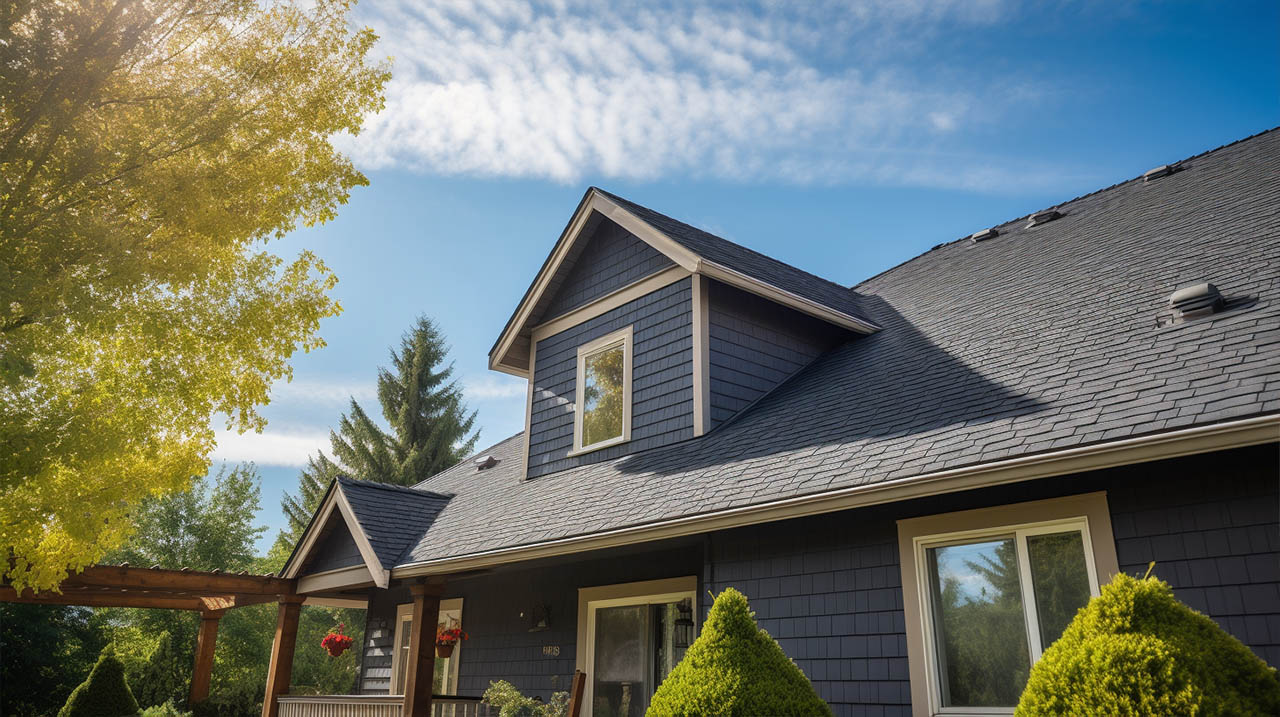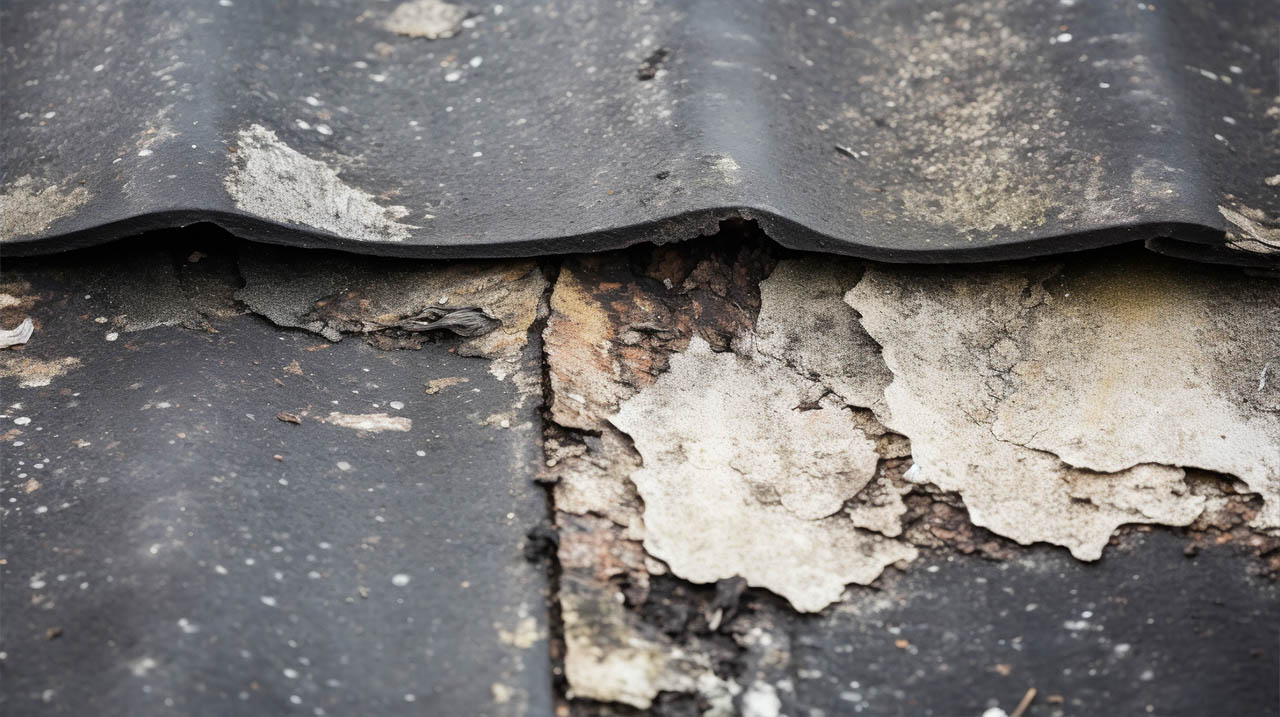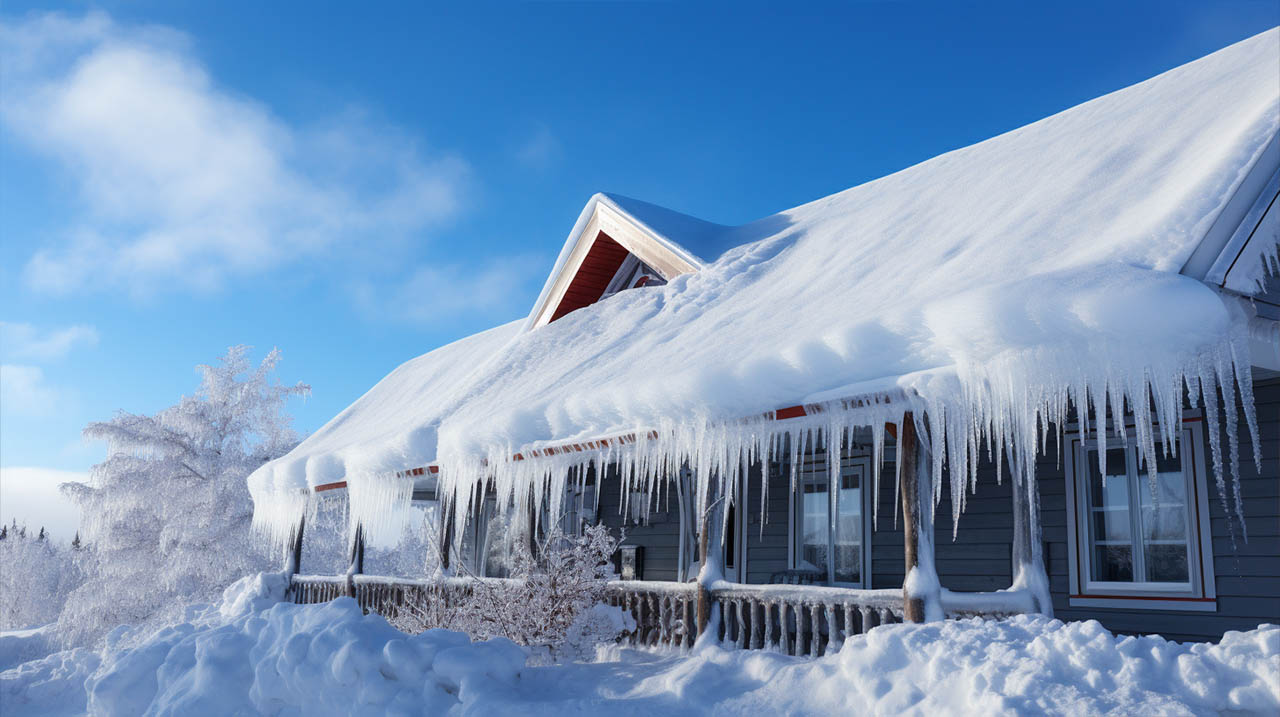Roofing is a challenging profession, demanding both skill and a keen awareness of potential hazards. As a leading roofing company in Columbia MD, Kanga Roof is committed to ensuring the safety of our team and clients. Here’s a detailed guide to roof safety, highlighting the importance of precautions and the use of appropriate equipment.
Identifying Common Roof Hazards
Before diving into safety measures, it’s crucial to recognize the typical dangers associated with roofing:
1. Fall Hazards
The risk of falling is ever-present in roofing. Factors like unstable structural support, holes, cracks, and the sheer height of some buildings can pose significant threats. It’s essential to have safety measures like harnesses and ladders to mitigate these risks.
2. Power Tools and Machinery
Incorrect use or malfunctioning of electric machines can lead to accidents. Proper training and regular equipment checks are vital to ensure safe operations.
3. Electrical Concerns
Close proximity to power lines or potential sources of electrical shocks can be hazardous. Always ensure that the worksite is free from such threats.
4. Hazardous Materials
Materials like chemicals, paint fumes, or toxins can cause injuries if not handled correctly. Only use approved substances and ensure proper storage.
5. Extreme Weather Conditions
Roofing in extreme temperatures can be dangerous. Whether it’s scorching heat or freezing cold, it’s essential to be prepared and take necessary precautions.
Essential Roof Safety Protocols
Having identified the hazards, let’s delve into the safety protocols that Kanga Roof adheres to:
Safety Briefings Before Work Commences
Every project begins with a comprehensive safety briefing. This session ensures that every team member is aware of the worksite’s specifics, potential hazards, and the necessary precautions.
Proper Placement of Equipment
Ropes, cords, and other potential tripping hazards are meticulously placed to prevent accidents. Electrical tools are kept away from walk paths to ensure they don’t pose a risk.
Use of Guardrails and Safety Harnesses
Guardrails are a significant investment in safety, especially for high-rise projects. Coupled with safety harnesses, they drastically reduce the risk of falls.
Clear Signage for Awareness
Bright, easily understandable signs are placed around the worksite. These signs serve to communicate potential dangers to both the crew and the public. Common signs include:
- Danger Sign: Indicates potential threats and often carries messages like ‘Keep Off Roof.
- Warning Sign: Restricts access, typically stating ‘Access by Permit Only.
- Caution Sign: Highlights specific dangers, such as ‘Roof Slippery When Wet.
Roofing Basics for Safety
Kanga Roof believes in the adage, “Safety first.” Our team is trained to:
- Position ropes carefully.
- Set up ladders correctly.
- Place squares on roofs without causing damage.
- Install shingles safely.
Safety: A Non-Negotiable Aspect of Roofing
Whether you’re a professional roofer or embarking on a DIY project, understanding and implementing roof safety is paramount. With the right precautions and equipment, risks like injuries, falls, or even fatalities can be minimized.
At Kanga Roof, we prioritize safety in every project, whether it’s a simple roof repair service in Columbia MD or a complete roof replacement in Columbia MD. Trust us to deliver quality work without compromising on safety.







